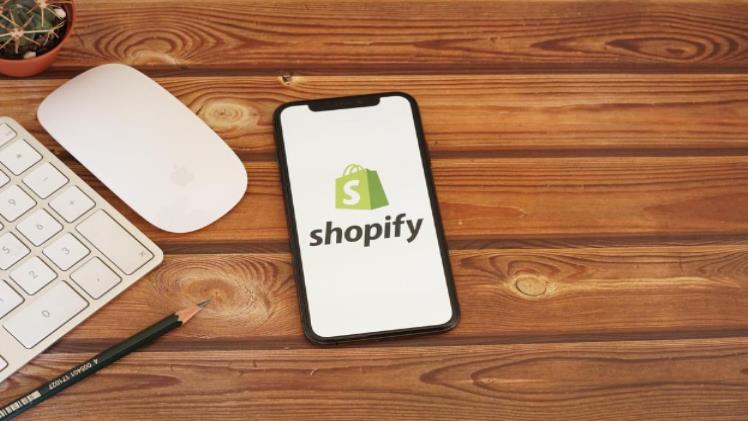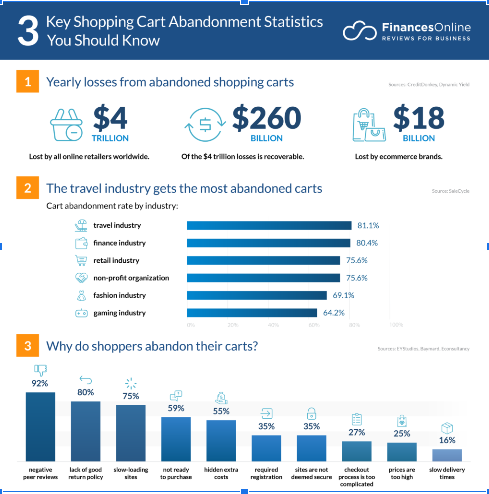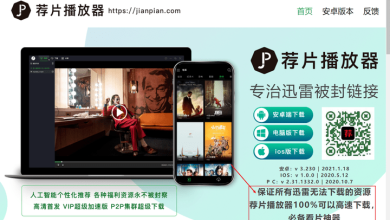
Ultimate Guide To Personalizing Your Shopify eCommerce storefront
In today’s world, customers prefer unique curated online shopping experiences, but as business owners, personalization can be tougher to provide since it is set to cater to a continuously evolving market. However, with carefully thought-out strategies, you can curate an exclusive eCommerce experience, focusing on building personal bonds.
We know what you must be thinking, how is it that you can make your customers feel valued and develop a distinct experience for them on Shopify? Well, in terms of competing directly with thousands of online stores operating from the same digital environment – to stand out you have to deliver customization.

Credits: Statista
In many ways, business owners interpret ‘customization’ as a saturated way of pleasing customers. Instead, it is the ability to treat customers in a special, one-on-one way via several visual elements, based on their online behavior. Unlike physical stores where you can tend to your customers’ preferences and requirements as per their body language, the digital experience offers a direct, inline to their activity on your website from which you can gather their responses. Data shows that over 94% of businesses witnessed a significant increase in turnover and profits by customizing their search engine and email marketing.
With the current developments in the field of Big Data, customer experiences shall only get more complex over time; making personalization absolutely crucial to survive in the market. But what exactly are personalization, if not just aesthetically satiating visual elements? Let’s dig in.
Understanding Shopify Personalization and its importance:
Wouldn’t it be amazing if you could walk into your favorite online store and they call you by your name, assign a dedicated professional to show you custom product suggestions? Yes, that’s the mark of a winning eStore getting high CLTV (Customer LifeTime Value), for sure! But how do you make it happen?
To generate high-yielding CX, you’ll need to study them- first overall and then individually. This way you can influence your website theme, product catalog, and even suggestions based on actions observed. If done right, you’ll find relevant improvement in your ROI rates, as well as increase your UGC (User Generated Content), AOV (Average Order Value), etc.
Unlike popular belief, most customers shop online to look for brand loyalty, sometimes more than just alluring offers. That itself can be an influential personalization tool for brands that deliver such powerful, memorable shopping experiences instead of the same out-of-the-mold familiarity.
Let’s begin with:
-
Theme Personalization
The very first thing that your customers notice right after your store name online, is the theme of your digital store. The last thing you’d want is to have your online florist platform looking like a women’s jewelry outlet. This is when your Shopify theme plays a huge part to set the right tone for your online store. Shopify offers thousands of theme templates to choose from, as well as the ability to personalize your content accordingly – from checkout to product pages.
These easy-to-use, impressive pre-built templates can help you understand which goes the best with your products. To access the theme store, simply head to your Shopify dashboard, and then navigate to the Themes section. You can choose templates from specific industries, or upon the size of your inventory. However, remember that you need to keep the experience less distractive, more consistent with the overall website, as well as visually-rich. So, choose wisely.
Later you can also customize the chosen Shopify template by applying a custom-made page header, footer, and other sections.
For what it’s worth:
- 75% of online consumers have already made their purchase decision based on their first impression of the web design. So, look up for meaningful themes that add value to your website.
- 79% of smartphone users have made a purchase online using mobile devices in the last six months. Using robust, high-functional Shopify themes, you can take your online store to a seamless mobile experience, and serve more customers.
- There are only a handful of Shopify themes that have a ‘Quick Pay’ feature enabled allowing shoppers to add products to their cart instantly, without having to leave their current viewing page. This way your customers can get a seamless product browsing experience.
All the above reasons show why it’s essential to have your Shopify theme customized for generating more sales. But what next?
-
Product Personalization
Your product pages hold a lot in their design, responsiveness, context, and other visual elements; since this is where your viewers are ultimately making their purchase decisions. Therefore, to make them feel special, the more personalized your product filters and designs are – the better. The trend to give personalized gift items, accessories, and merchandise is on the rise; therefore each time your customers contemplate ordering such items, your product page customization options should give them a high-end, refined image/look of the product with their names on it. That way, you can create a lasting impact on their minds.
As an online store in a highly competitive market, your homepage should always represent products that your viewers have been looking for elsewhere or are interested in, based on their browsing history. Technology like data mining can help in achieving such target-oriented results seamlessly. There can be several reasons why customers abandon their carts midway, and according to reports, such things can cause you about a 75% loss in overall sales. Here’s what it can look like:

Credits: FinancesOnline
Today, when several other eCommerce stores are providing so much to their customers as they place their orders – giving free shipping offers is the least. Be it same-day shipping, or exclusive checkout promo codes – you can make them up to 250% more likely to convert. Even as a business owner, you may pull some more viewers to convert via rolling out personalized reminder emails to your customers.
-
Push Notifications Personalization
There are several ways in which you can make your shopping experience more personalized with the help of timely push notifications on the customers’ smartphones. You can even send notifications to your consumers based on their location from your physical stores.
Conclusion
There’s no end to the possibilities of getting your eCommerce stores personalized as per preferences. With the help of the right Shopify developers, you can equip your Shopify stores with automation processes. If you’re looking to deliver such a personalized shopping experience, we’d recommend the following enterprises:
-
Pivofy, Illinois
They’re an end-to-end boutique web design and eCommerce development agency, specializing in Shopify migration and other brand-driven solutions. Their effective B2B and B2C services help your business to integrate omnichannel ecosystems.
-
CodeClouds, Indiana
They’re industry leaders in eCommerce development and customization with a decade of global experience and are perfect for business owners looking to hire eCommerce developers to take their storefront to the next level. They specialize in Shopify, BigCommerce, Drupal, WordPress, and other frameworks delivering powerful, innovative, and affordable solutions.
-
Kinex, Ontario
This is a full-service web design enterprise, with full-scale eCommerce services across different frameworks such as Magento, Shopify, and more. Their tech support and digital marketing solutions help your brands to scale as per your business requirements.



